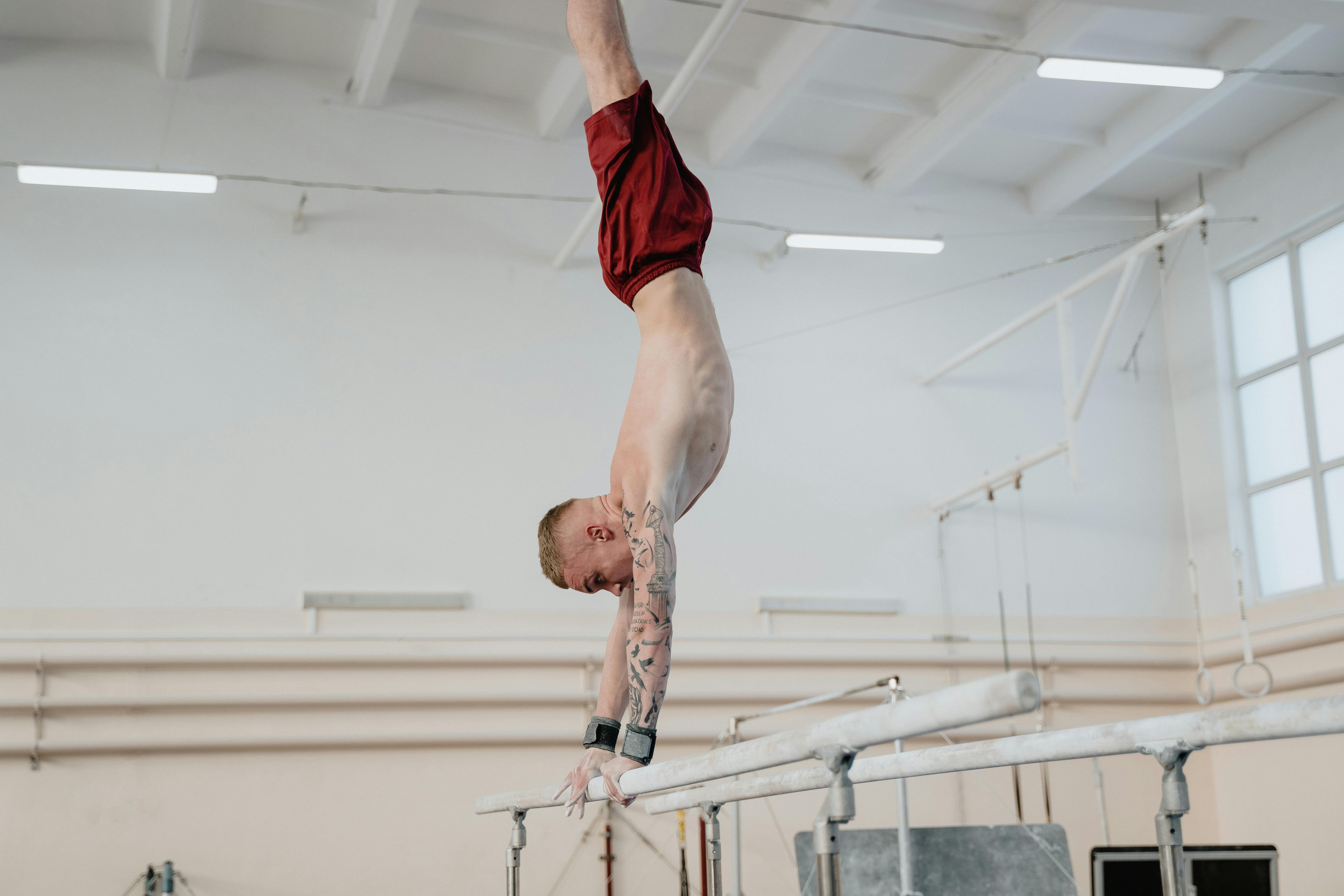Charles Woodson: from clubfoot to the Super Bowl

Being born with a congenital deformity can be devastating. As a parent, you may have a hard time understanding why, how, and what to do. Allowing your child to suffer or fight is incomprehensible and you shouldn’t have to sit around and do nothing. When Charles Woodson was born with clubfoot, his father probably never envisioned that his son born with a foot deformity would one day be a successful soccer player. Clubfoot is a congenital foot deformity that occurs in about 1 in 1,000 births and is twice as common in young boys as in girls.
Clubfoot can be identified at birth and the foot will appear to turn inward. The medical name for the deformity is Talipes Equinovarus. The exact cause of clubfoot is still widely debated and unknown. No genetic component has been discovered, but statistics show that children whose parents or siblings have clubfoot are twice as likely to be born with clubfoot.
The child does not experience any pain, but if left untreated, the child’s ability to wander in the future is very limited. Disability would be inevitable. Treatment protocols have been debated for the past 25 years. The current standard treatment involves a series of casts that begin shortly after birth. This method of treatment is known as the Ponsseti technique. A trained physician changes the cast weekly and a series of manipulations and stretches are performed. The cast may last as little as 4 weeks, but the time required to correct the deformity depends on the complexity of the deformity. Most children also need to have their achillies tendon lengthened, a minor procedure that is done through a minimal incision. After correction of the deformity, the child will need to be in a series of braces to help maintain the correction. Less than 20 percent of children treated with casts will need future surgery to correct any residual deformity.
Although the child is subject to braces and continuous foot care up to the age of four, the deformity and treatment have little effect on the child’s development. By the time patients are preparing to walk, braces are worn minimally, mainly while the child is asleep. Most children go on to have a normal childhood with few, if any, limitations. Often the only residual defect is the clubfoot, which is slightly smaller in size than the normal foot. If treatment is delayed, children may undergo more invasive surgeries and longer recovery times, but surgical procedures for clubfoot have been well studied and discussed in the literature with good success.
From clubfoot to athlete, there have been many professions that were born with the congenital deformity and became successful athletes. Charles Woodson is a Super Bowl champion. Kristi Yamaguchi is a gold medal figure skater. From MVP baseball players to star soccer players, people born with clubfoot have been shown to overcome their congenital deformities.